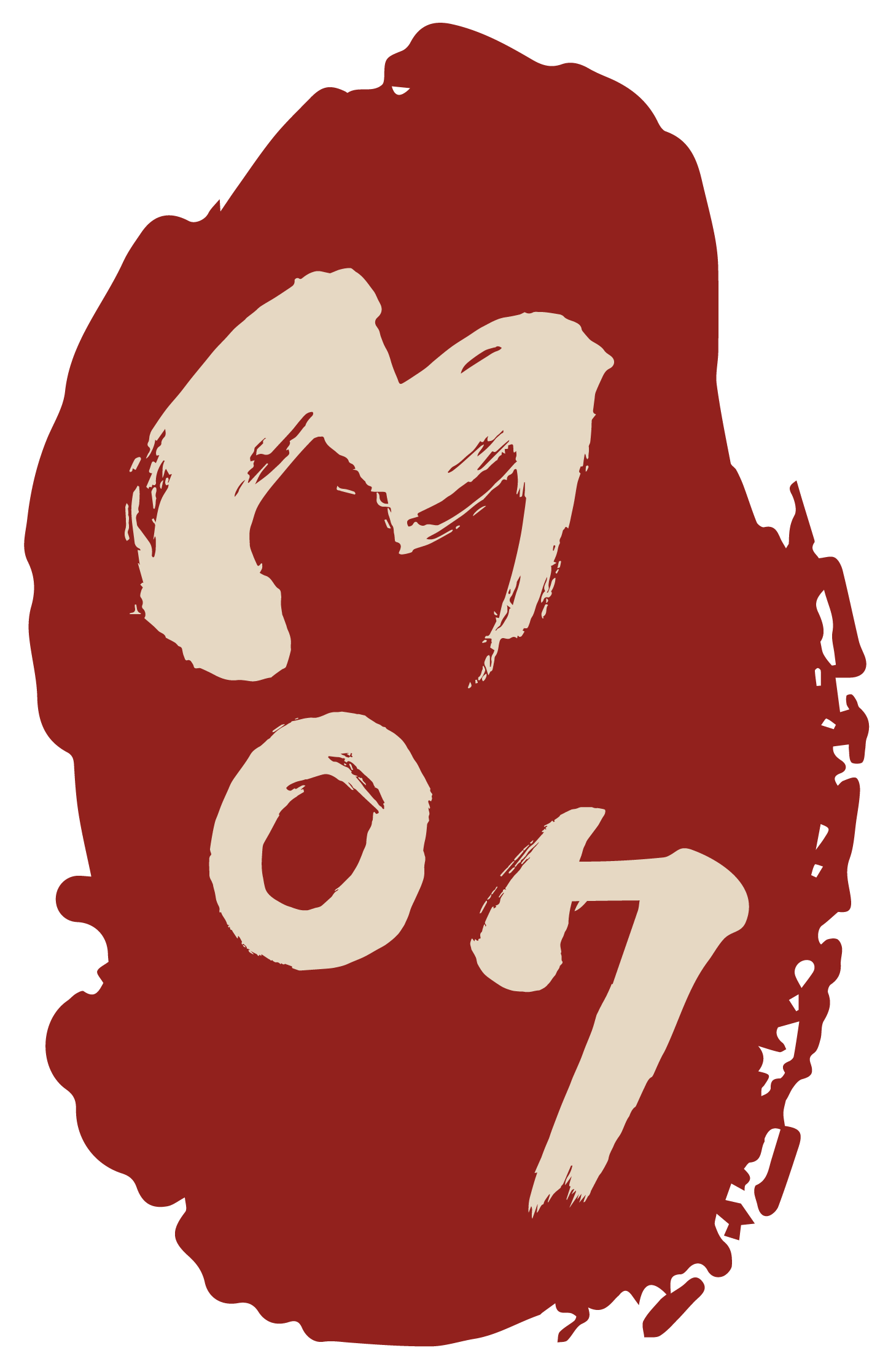Lid Box with Openwork Pattern
Box with two compartments
Celadon lid box with breakthroughs all around. Two compartments inside for storing of utensils. Decoration with peonies, honeysuckles and tendrils.
Object ID
Korea_026
Age
Koryō-Period (918 – 1392 AD)
Material
Ceramics
Color
turqoise
Height
12 cm (lid included)
Length
23 cm
Width
14.5 cm
Condition
Good
Price
on request
Description
The lid box is shaped as a three-dimensional cuboid. It has a rectangular base and on each of the opposite sides rectangular sidewalls. The box is covered by a lid with slightly rounded edges. There are two compartments inside. The composition of the side parts of box and lid result in horizontal and vertical recesses at the corners. The whole box is designed in slight turquoise color, the borders bear a thicker, darker glaze. Like the lid the rectangular bottom shows all around traces from oxidation.
The decoration of the sidewalls on the box and in the lid are worked out in the specific „kakkibōp-technique“. That means openwork patterns by carving, relief or inlay. Each of the surfaces is broken through by interesting patterns. In the center of the flat lid are three peonies in a diamond-shaped medaillon. All around are honeysuckle decorations and tendrils. The lid ends in a „ruyi“ bordure. The body of the box bears a bordure of tendrils and honeysuckle like the lid. [1]
The manufacturing process was very difficult. Firstly, simple engraving techniques were used. When potters intended to produce several objects with the same decoration, they developed the method to preform patterns by the help of stamps or formed reliefs, and finally the motifs were cut through the clay.
Besides painting this was a method to achieve the beautiful decoration of Korean Seladon objects. It required excellent skills on cutting technology from the craftsmen, and particularly experience in assembling a stable object. Above that, burning and drying processes made those objects very breakable. Therefore, the „kakkibōp-technique“ was only applied for luxurious Celadon wares like brush holders, headrests or cosmetic boxes. [2] This typical lid box was allegedly used by a lady for storing utensils. (HV)
________________________
[1] Chang, Ki-hoon (2000): Deckeldose mit durchbrochenem Geißblattdekor. In: Handbuch der koreanischen Kunst. Steinzeug und Seladon. Wasmuth Verlag. Tübingen. 136
[2] Choi, Kun (2000): Sun ch’ōngja: Reines Seladon. In: Handbuch der Koreanischen Kunst. Steinzeug und Seladon. Wasmuth Verlag. Tübingen. 60-69








